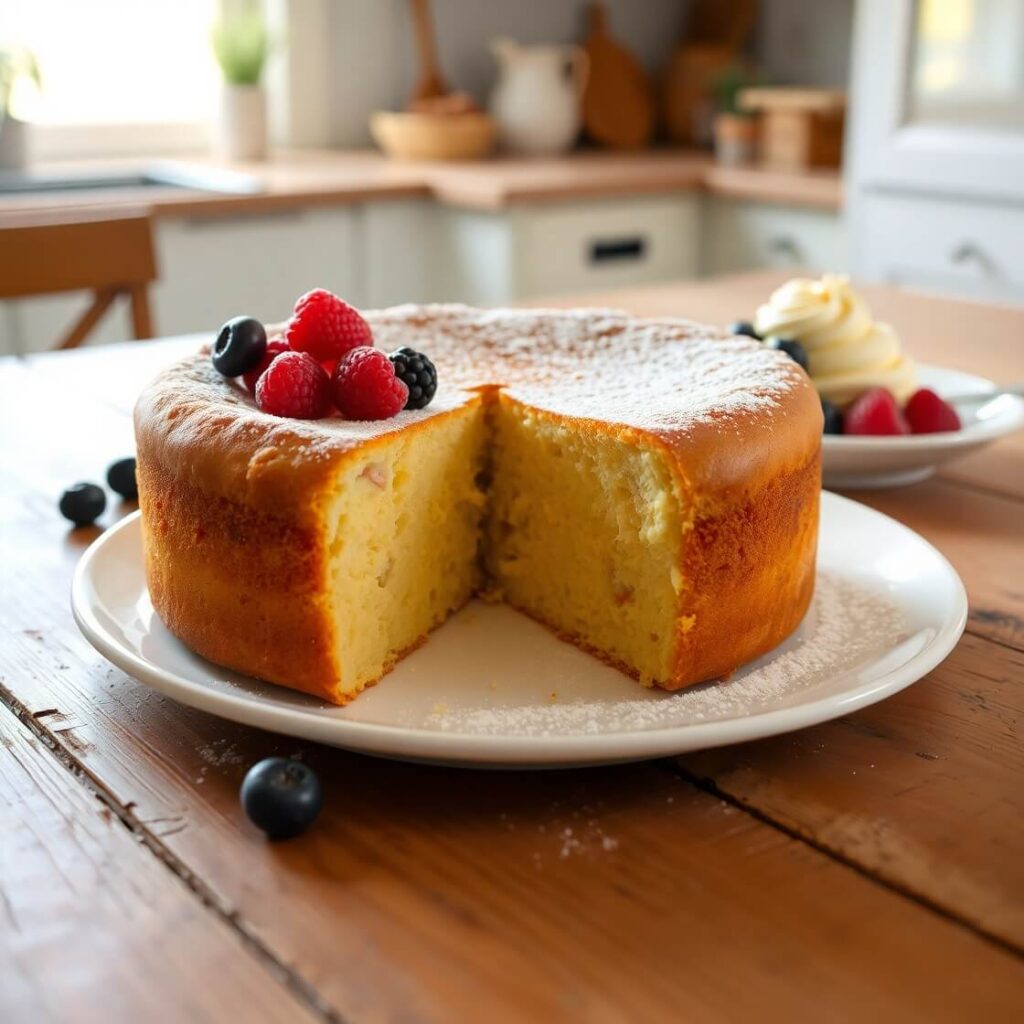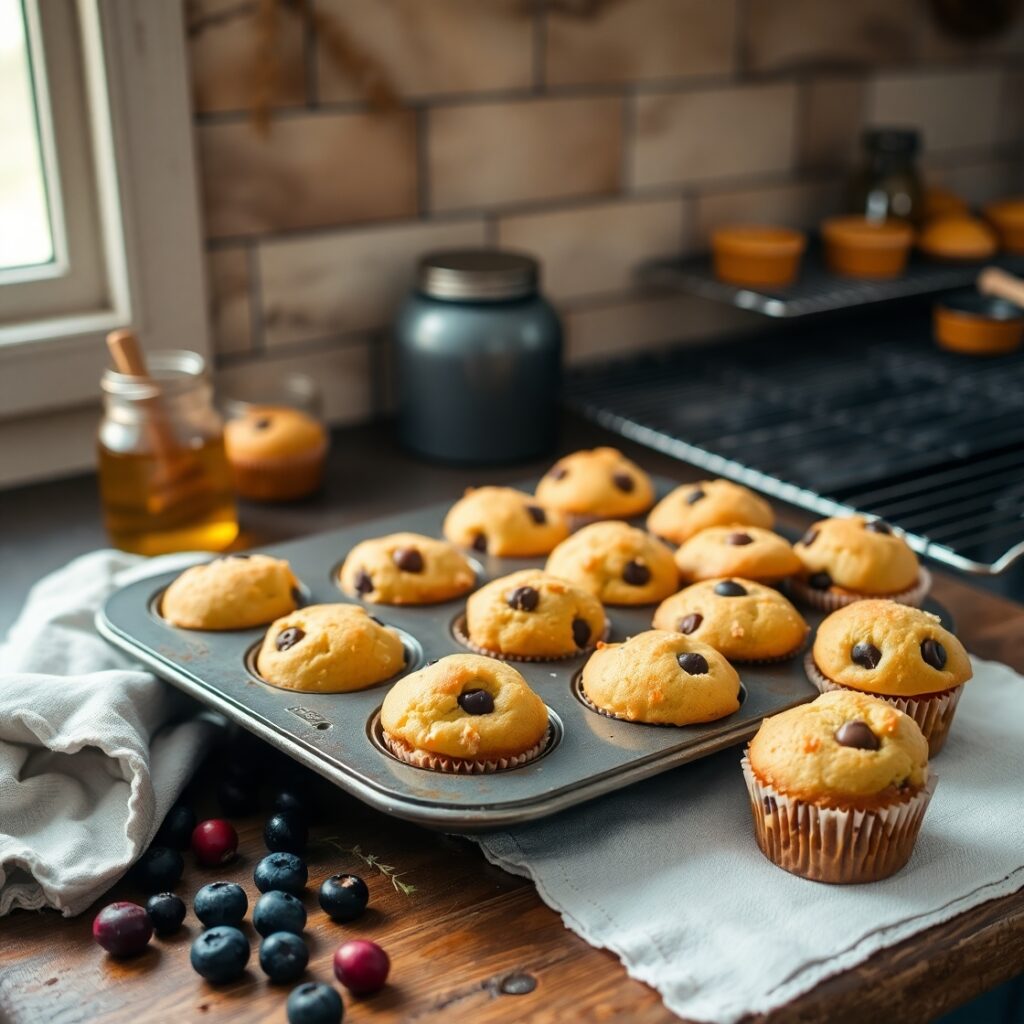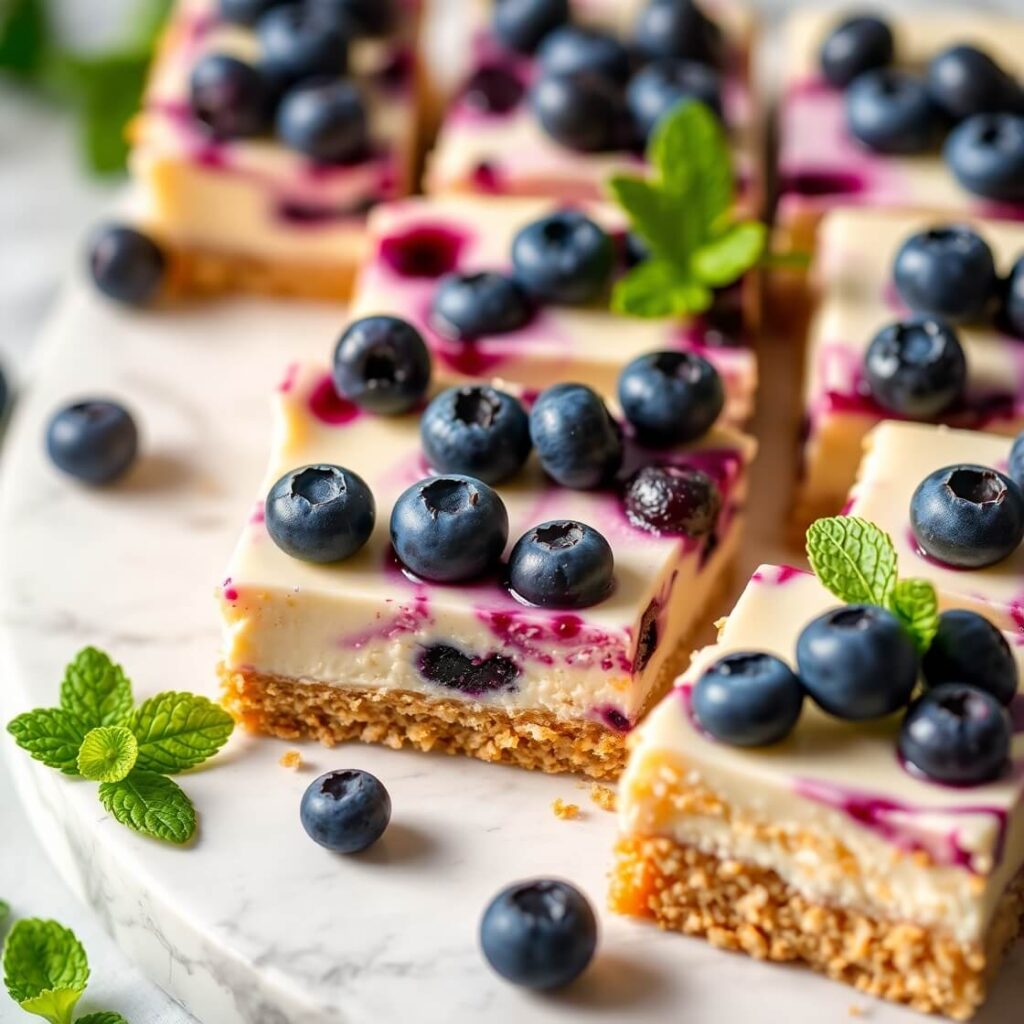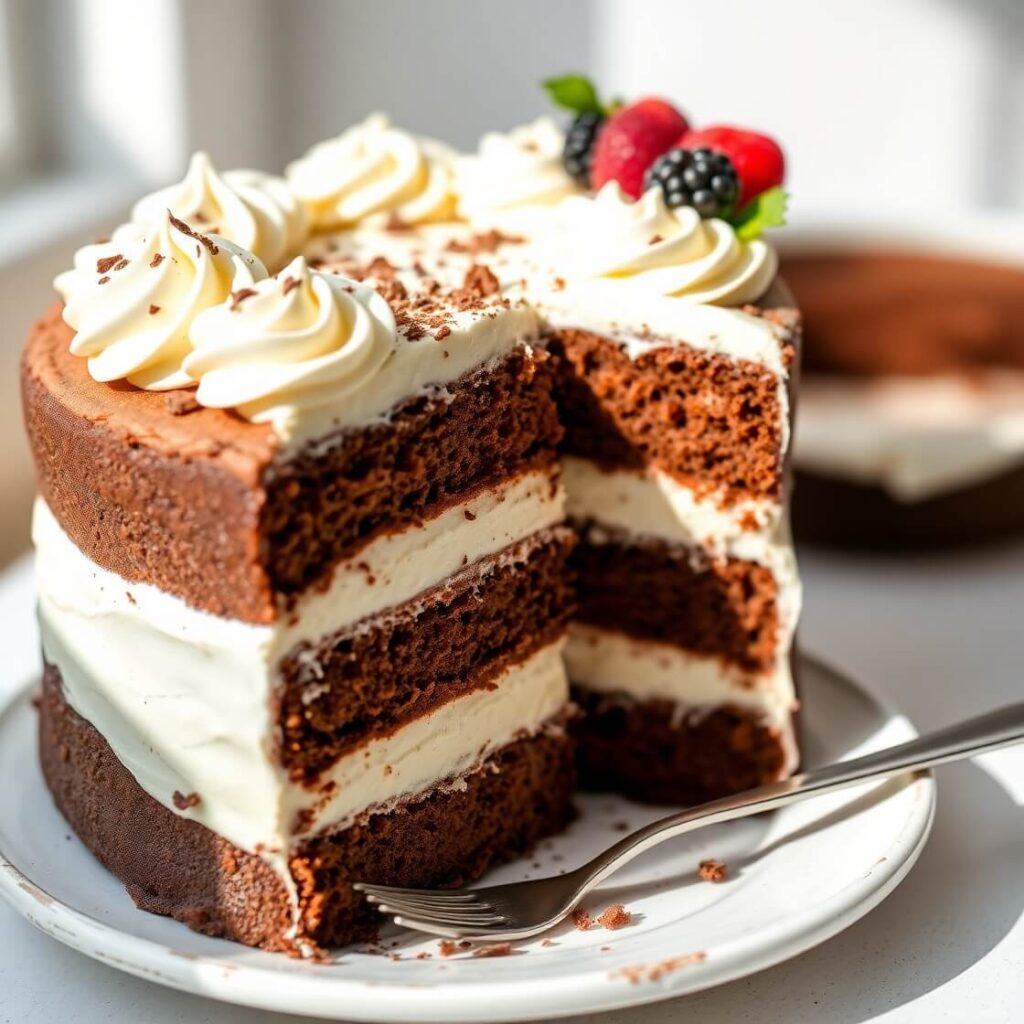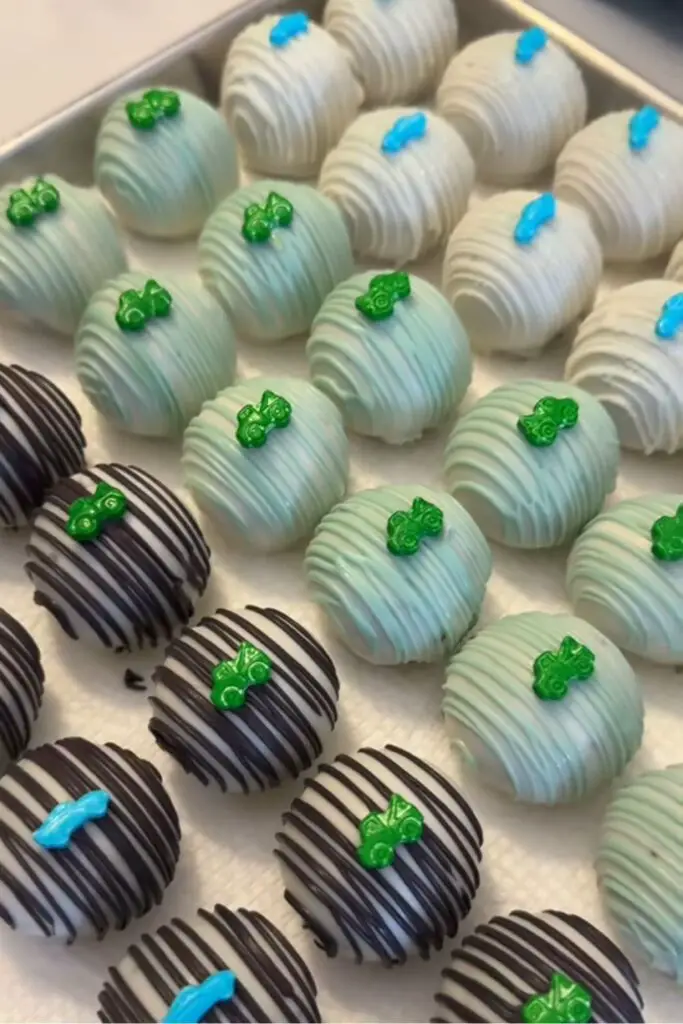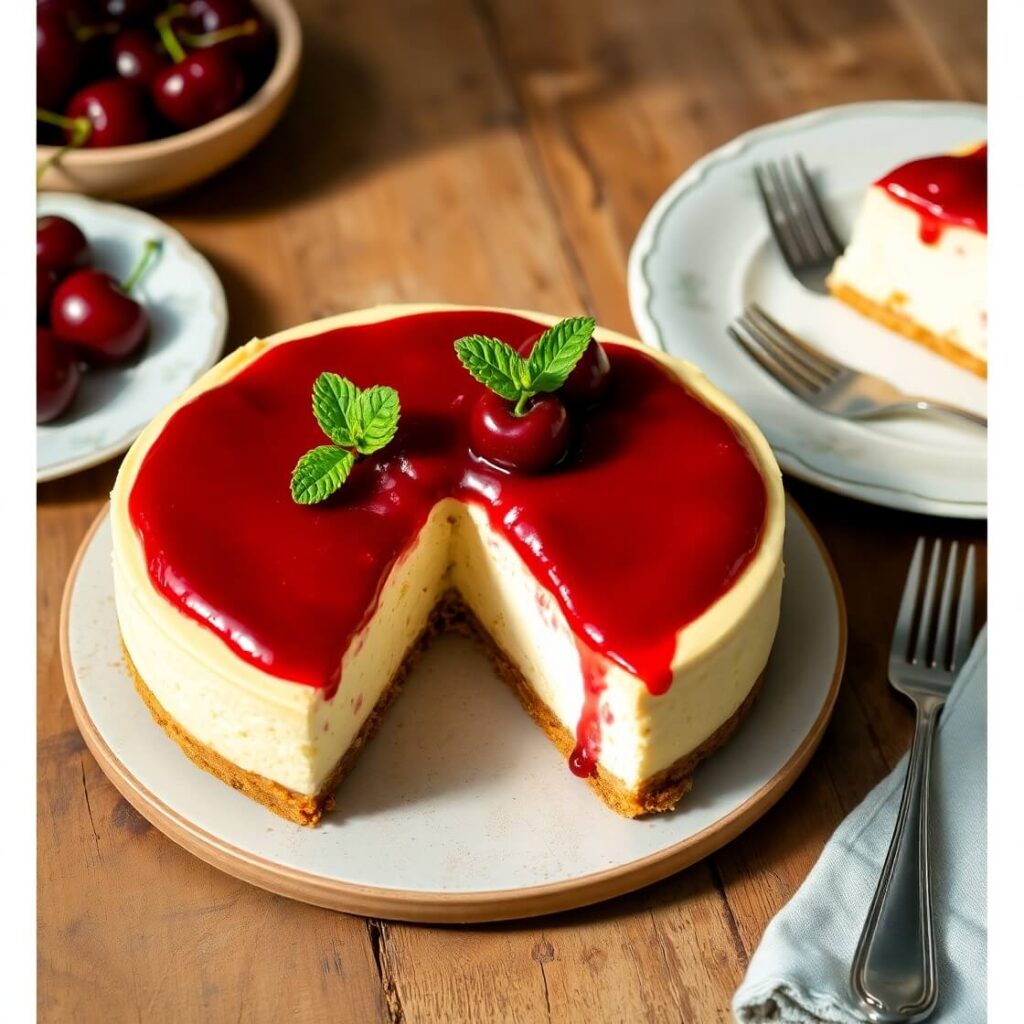Ridiculously Easy French Butter Cake
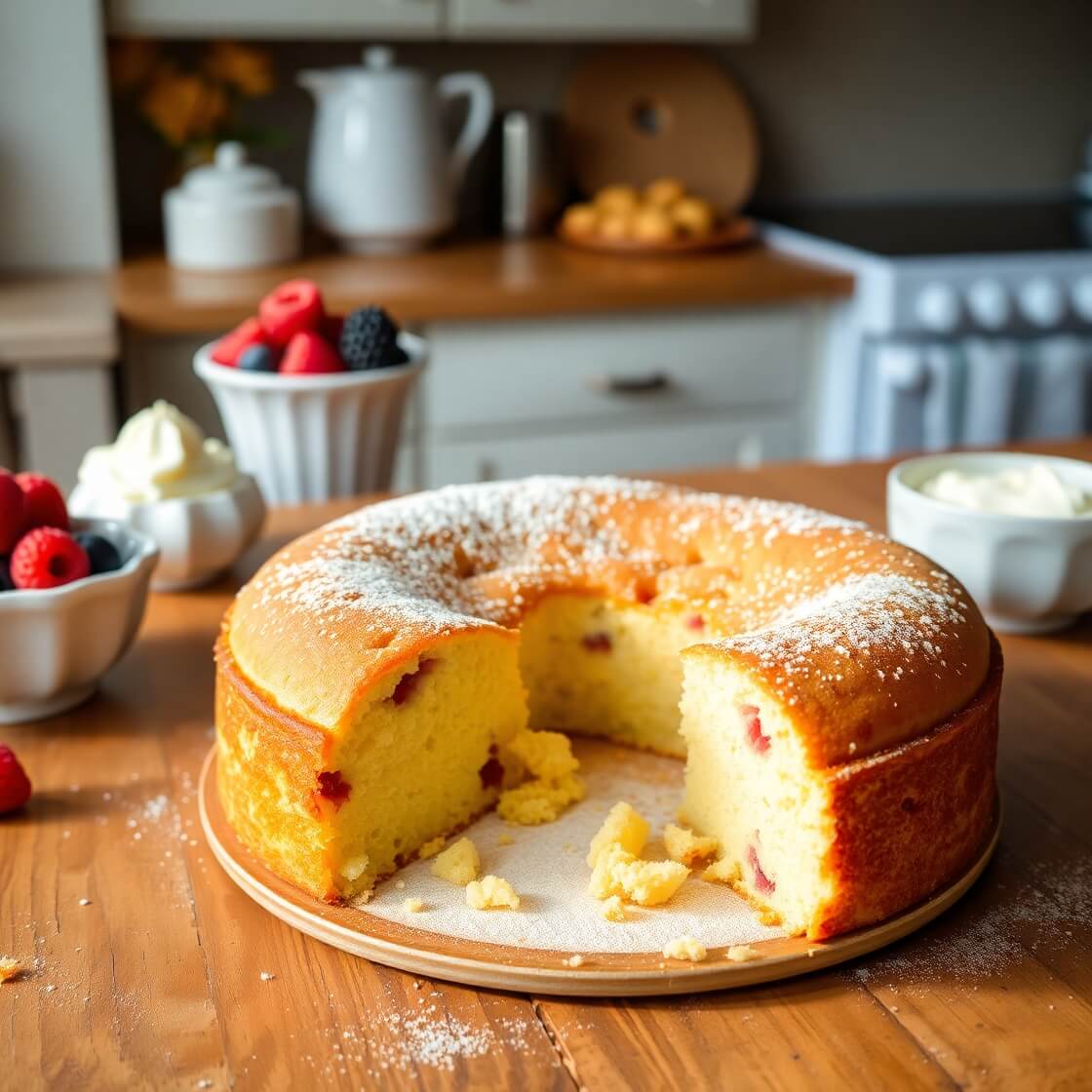
I still remember tasting my first French butter cake in a small bakery in Provence. Golden loaves glowed in the window, and the scent of caramelized butter filled the air. One bite revealed a velvety crumb and delicate crust that melted instantly.
Since then, it’s been my go-to for weekends, celebrations, or even a quiet cup of tea. Simple ingredients butter, sugar, and eggs become extraordinary with care. The secret is quality butter, gentle folding, and patience in the oven, rewarding you with a cake that feels both elegant and timeless.
The Secret Behind Its Flavor
What makes French butter cake stand apart from your standard butter loaf? For me, it’s all about balance and technique. First, the butter isn’t just an ingredient—it’s the flavor anchor. French bakers often use European-style butter, which has a higher fat content and slightly tangy flavor. This creates a tender crumb and a rich, almost custard-like mouthfeel.
Then comes the sugar. Granulated sugar isn’t just sweet; when creamed with butter, it helps aerate the batter, giving the cake lightness despite its dense richness. Some bakers sprinkle a thin layer of sugar on top before baking to form a subtle, caramelized crust. It’s a small step that makes a big difference in texture.
The eggs act as both structure and flavor enhancer. At room temperature, they blend seamlessly with butter and sugar, creating a smooth, airy batter. And while vanilla extract is optional, I’ve found that a splash of pure vanilla or even a hint of almond extract elevates the flavor, giving the cake a delicate fragrance that lingers long after it’s gone.
Finally, the baking technique itself plays a crucial role. The batter is dense, so the cake benefits from moderate oven temperatures and even heat. A too-hot oven can darken the edges before the center cooks, while a gentle, steady temperature produces that golden crust and tender inside that makes every slice memorable.
What You’ll Need
When it comes to making French butter cake, the ingredients matter more than you might think.
- Butter: European-style or high-fat butter is ideal, but if you only have standard unsalted butter, it still works—just reduce the added salt slightly. The butter should be at room temperature for easier creaming.
- Sugar: Granulated sugar works perfectly. Some people like a mixture of white and brown sugar for a deeper flavor, but for a classic approach, stick to all white sugar.
- Eggs: Always use large eggs at room temperature. Cold eggs can curdle the butter when mixing, which affects the texture.
- Flour: All-purpose flour is traditional, but cake flour can be used for an even more tender crumb.
- Vanilla or almond extract: Optional but recommended; it gives a gentle, aromatic lift that pairs beautifully with butter.
- Salt: Just a pinch, unless your butter is already salted.
When I shop for ingredients, I often take a moment to smell the butter or crack an egg into a small bowl—small rituals that make me feel connected to the baking process. There’s nothing like that quiet kitchen moment where all the ingredients sit ready, and you know something magical is about to happen.
How to Make This Easy French Butter Cake

Step 1: Prep
- Heat oven to 350°F (175°C).
- Butter and flour a loaf pan or bundt pan. Tap out excess flour.
Step 2: Cream butter and sugar
- Beat softened butter and sugar on medium until very light and fluffy, 3–5 minutes.
- Look for a pale, airy mixture (not just softened butter).
Step 3: Add eggs
- Add eggs one at a time, mixing on low until each is fully incorporated.
- If the batter looks curdled, mix in 1 tablespoon of the flour to bring it back together.
Step 4: Add dry ingredients (and milk as needed)
- Sift in the flour and fold gently.
- If the batter feels too thick, add a splash of milk to loosen.
- Use slow, deliberate folds to avoid overmixing and keep the crumb tender.
Step 5: Pan it
- Scrape batter into the prepared pan and level the top.
- Optional: sprinkle about 1 teaspoon sugar over the surface for a crackly, caramelized crust.
Step 6: Bake
- Bake 50–60 minutes, until a toothpick inserted in the center comes out clean or with a few moist crumbs.
- The cake will smell rich and buttery well before it’s done; rely on doneness cues, not just the timer.
Step 7: Cool and serve
- Cool in the pan 10–15 minutes.
- Turn out onto a wire rack to finish cooling.
- Slice while slightly warm for the softest, most aromatic bite.
Pairings and Serving Ideas
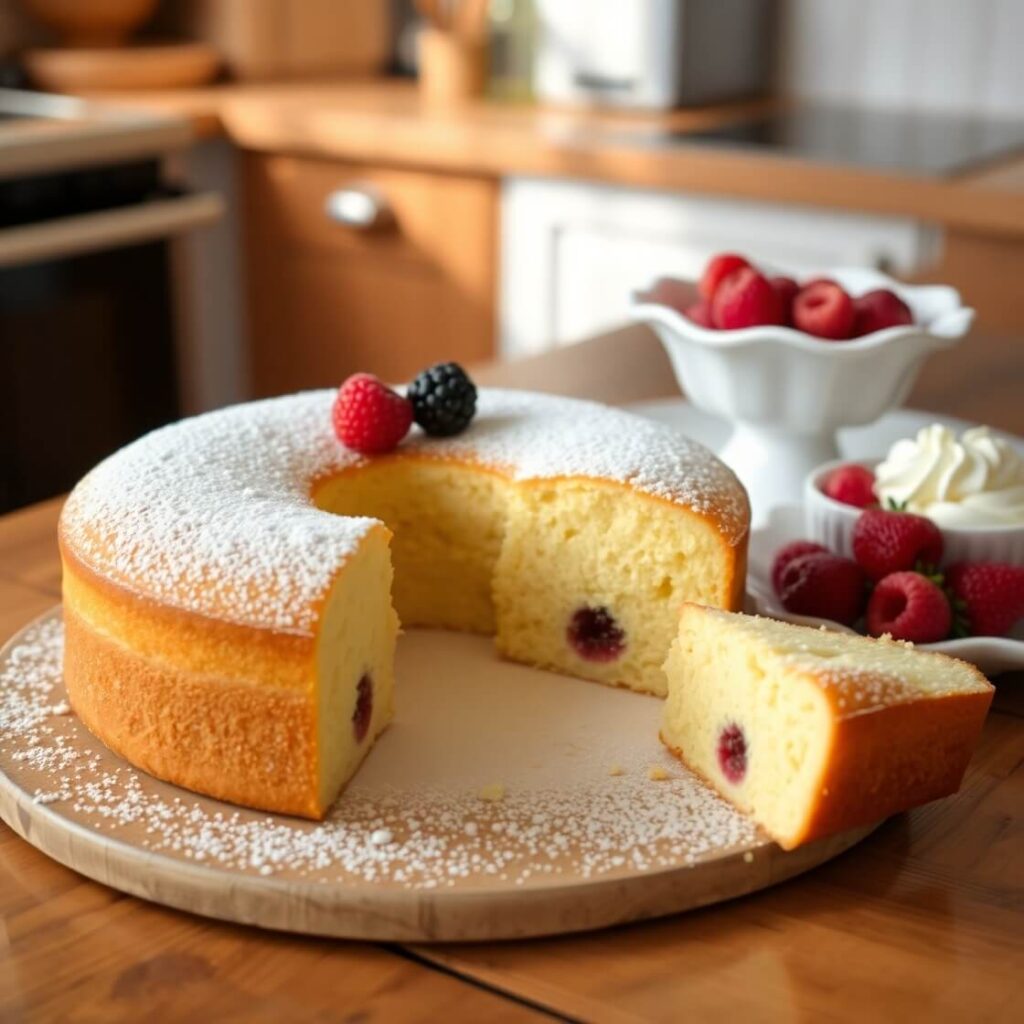
While French butter cake is amazing on its own, it also pairs beautifully with a few accompaniments:
- A thin spread of fruit preserves or marmalade on the side.
- A dollop of lightly whipped cream or crème fraîche.
- Fresh berries, especially raspberries or blueberries, to balance the richness.
- A cup of strong coffee or tea—something about the bitter warmth contrasts perfectly with the buttery sweetness.
When I serve this cake, I like to slice it thick and place it on a simple plate. Even without decoration, the golden crust and tender interior make it feel special. Family members always comment on how it tastes as if it came straight from a French bakery, which is the ultimate compliment in my kitchen.
Storing and Make-Ahead Tips
One of the best things about French butter cake is that it keeps surprisingly well. While it’s at its peak on the first day, properly stored cake can remain tender and flavorful for several days.
For short-term storage, wrap the cooled cake in plastic wrap or place it in an airtight container at room temperature. This prevents the crust from drying out while keeping the crumb soft and buttery. I’ve often baked a loaf on Saturday and found it still delightfully moist on Monday morning—a rare treat for weekday breakfasts.
If you want to extend its life, the cake freezes beautifully. Slice it first, then wrap each piece individually in parchment or plastic wrap, and place in a freezer-safe bag. When you want a slice, simply thaw at room temperature for an hour, or warm gently in the oven for that freshly-baked feel. It’s perfect for making ahead for parties or gifting to neighbors during the holidays.
A little kitchen note: avoid refrigerating unless your home is extremely warm. Butter cakes can stiffen in the fridge, which affects the texture. I learned this the hard way once when I tried to save leftovers—although it was still delicious, it lost that melt-in-your-mouth softness I adore.
Tips From the Expert (That’s Me!)
Even a seemingly simple cake like this can have pitfalls. Here are a few lessons I’ve learned after several batches:
- Butter temperature matters. Cold butter won’t cream properly, and melted butter will make the batter too loose. Aim for soft, room-temperature butter.
- Don’t overmix. When folding in the flour, overmixing develops gluten and can turn a tender cake dense. Slow, gentle folds are your friend.
- Watch the oven closely. Baking times vary with ovens, so check around 50 minutes and keep an eye on that golden crust. A toothpick inserted in the center should come out clean.
- Salt is subtle but important. Too much salt overwhelms the delicate sweetness; too little and the flavor feels flat. Taste your butter first to adjust.
- Avoid rushing the cooling. Cutting too early can cause the cake to crumble. I usually let it sit in the pan for 10–15 minutes before moving to a wire rack.
Once, I accidentally added both baking powder and baking soda. The result? A puffed, oddly-textured cake that sank in the middle. Mistakes like that are funny in hindsight, but they teach you to respect precision even in simple recipes.
Print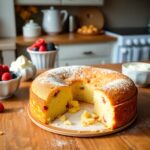
French Butter Cake
- Total Time: 50–55 minutes
- Yield: 8 1x
- Diet: Vegetarian
Description
French Butter Cake is a simple yet elegant cake that highlights rich butter flavor and a tender crumb with a lightly crisp crust. Perfect for teatime or any occasion, it’s easy to make and delights with every bite.
Ingredients
- 1 cup (227g) unsalted butter, softened
- 1 cup (200g) granulated sugar
- 3 large eggs, room temperature
- 2 teaspoons pure vanilla extract
- 2 cups (240g) all-purpose flour
- 2 teaspoons baking powder
- 1/2 teaspoon salt
Instructions
- Preheat oven to 350°F (175°C). Grease and flour a 9-inch round cake pan.
- Cream softened butter and sugar until pale and fluffy.
- Beat in eggs one at a time, then add vanilla extract.
- Sift together flour, baking powder, and salt.
- Fold dry ingredients into wet ingredients gently until just combined.
- Pour batter into prepared pan, smooth top.
- Bake 35–40 minutes until golden and toothpick comes out clean.
- Cool 10–15 minutes in pan, then transfer to wire rack.
Notes
- Use room temperature butter for easier creaming.
- Don’t overmix after adding flour to keep cake tender.
- Optional: dust with powdered sugar or serve with fresh berries.
- Prep Time: 15 minutes
- Cook Time: 35–40 minutes
- Category: Dessert / Cake
- Method: Baking
- Cuisine: French
Nutrition
- Serving Size: 8
- Calories: 370
- Sugar: 25g
- Sodium: 160mg
- Fat: 25g
- Saturated Fat: 15g
- Unsaturated Fat: 8g
- Trans Fat: 0g
- Carbohydrates: 33g
- Fiber: 1g
- Protein: 4g
- Cholesterol: 90mg

